Ohio deer hunting options expand for landowners, hunters
The Ohio Landowner Hunter Access Partnership provides annual payments to landowners for providing hunting access to their property.
Read MoreDan Young, CEO and chief ice cream dipper for Young’s Jersey Dairy in Yellow Springs, Ohio talks about how his business has survived and his outlook on the future.
Good news has been hard to come by in Ohio’s restaurant industry the past two years. Restaurants have closed their doors at a furious pace since the pandemic – about 3,000 fewer exist today than in 2019 – and those that survived or started up have faced staffing and product shortages, soaring wages and inflation-fueled price increases on everything from paper goods to ground beef.
Still, as John Barker, president and CEO of the Ohio Restaurant Association is quick to point out, the innovative ways restaurant owners continued operations during some of the most challenging years in modern history is impressive, to say the least.
“We’ve seen about five to seven years worth of change and evolution in two years,” Barker said. “Every aspect of restaurants has been affected and they’ve had to completely reinvent themselves on the fly.”
The reinvention began when schools and many businesses closed down in March 2020 as COVID-19 began to spread.
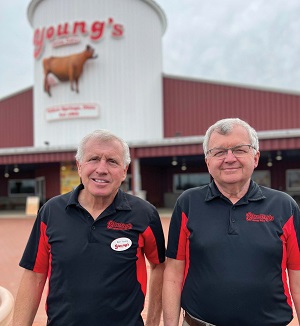
“Our industry is based on lots of human contact and all of a sudden that was something you weren’t supposed to do,” said Dan Young, CEO and chief ice cream dipper for Young’s Jersey Dairy in Yellow Springs, Ohio. “It was very scary.”
But Young quickly realized that some parts of his business could continue to operate despite the virus and health restrictions. Within a month he and a diminished staff were serving ice cream cones and hamburgers again through a newly created drive-through and offering carryout at one of the two on-site restaurants.
Business fell by about 70% in 2020, Young said, but picked up last year as restrictions eased. This year, business is actually better than it was in 2019, perhaps in part because many of Young’s Jersey Dairy offerings – miniature golf, picnic areas and a corn maze – are outdoors.
At many sit-down restaurants across the state, however, the situation is bleaker. Many locations are perpetually short staffed, forcing restaurant staff “to run around like their hair’s on fire” as they try to serve customers, Barker said.
In a June poll by the Restaurant Association, 47% of restaurateurs said they were understaffed but maintaining a full schedule while 44% said they’d shortened hours or closed parts of their restaurants because of staff shortages.
In the same poll, restaurant owners reported higher labor, supply and food costs. Forty percent said they’d raised wages 6-10%, a majority reported supply-cost increases of more than 11%, and 95% said food costs have risen, in some cases by more than 15%.
To offset the increases, all but 9% of restaurant owners who responded to the poll have hiked menu prices, with 38% raising them from 6-10%.
“Rarely will you see a restaurateur paying less than $15 an hour for non-tipped staff,” Barker said. As for food costs, he said one Cleveland restaurant owner recently said her cost for a case of chicken went from $40 to $160 in six months, while her cost for a package of lobster rose from $635 to $1,985.
“She said she can’t pass all of that on to the consumer, so she’s going to take some offerings off the menu and ask patrons to pay a surcharge for the rest,” Barker said.
One result of the shortages and increased operating costs is more automation, particularly at chain restaurants, according to Barker. Some, such as Steak ‘n Shake, have eliminated table service, replacing it with kiosks where customers order food themselves. In May, Chipotle announced it was experimenting with a robot named Chippy to fry and season its famous tortilla chips. Last year White Castle began using a robot named Flippy to make its French fries.
“Restaurants just don’t have the people in their kitchens to do these things anymore,” Barker said.
Early this year restaurant business was slow, as a new COVID variant caused cases to rise. Barker said business picked up momentum in April but slowed again in mid-summer as gasoline prices jumped and inflation was high.
“Restaurants are hunkering down and just trying to survive,” he said. “The staffing, for example, that’s not going to fix itself quickly. That’ll be long term.”
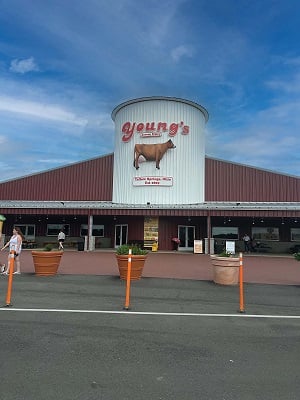 At Young’s Jersey Dairy, the sit-down restaurant has been transformed into an event center as the result of the pandemic. The staff is paid more for working weekends and the average pay in the dairy store is $18.50 an hour – about 30% higher than in 2019, Young said. Staples such as French fries are difficult to find some weeks while the price for others has soared. The cost of the vanilla used to make ice cream, for example, has risen from $70 a gallon five years ago to $280 a gallon now, Young said.
At Young’s Jersey Dairy, the sit-down restaurant has been transformed into an event center as the result of the pandemic. The staff is paid more for working weekends and the average pay in the dairy store is $18.50 an hour – about 30% higher than in 2019, Young said. Staples such as French fries are difficult to find some weeks while the price for others has soared. The cost of the vanilla used to make ice cream, for example, has risen from $70 a gallon five years ago to $280 a gallon now, Young said.
“We’ve had to incorporate those increases into what we’re charging our guests,” he explained. And while he’s heard more complaints than usual about prices, guests for the most part have been understanding.
Still, Young said the future looks “pretty good” in his eyes.
“As soon as the current labor situation shakes out – in another couple of years – things will be back to the more supply and demand model. We’ve been serving our guests for a long time and we’ll do our best for them. We’ll figure it out.”


The Ohio Landowner Hunter Access Partnership provides annual payments to landowners for providing hunting access to their property.
Read More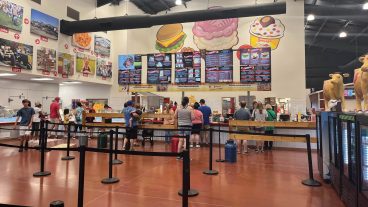
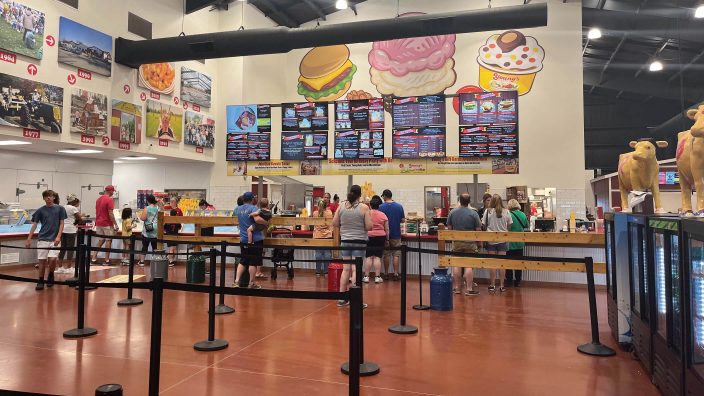
Dan Young, CEO and chief ice cream dipper for Young’s Jersey Dairy in Yellow Springs, Ohio talks about how his business has survived and his outlook on the future.
Read More
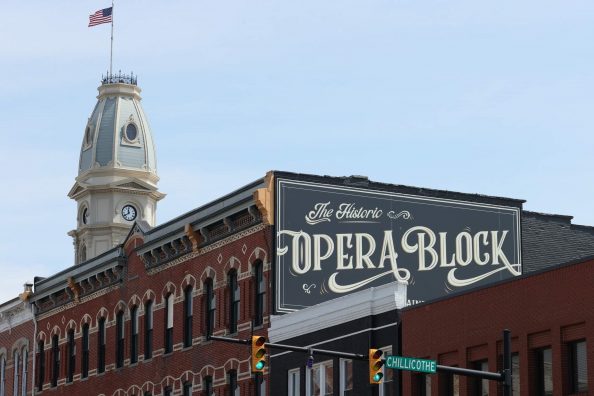
Strategically, and little-by-little, the town has risen from the ashes. Today, Small Nation has renovated and helped establish businesses in 56 renovated areas of downtown Bellefontaine.
Read More
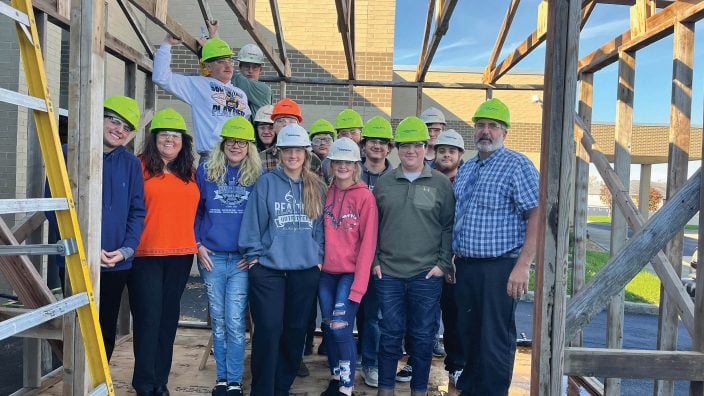
Barrett Zimmerman has worked for Vanguard-Sentinel Vocational School his entire career.
Read More

I hope you will consider Justices DeWine, Fischer and Kennedy to maintain common sense and an added layer of certainty that is needed to secure a viable and successful precedent for our Farm Bureau members and all of rural Ohio.
Read More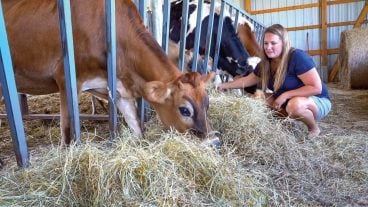
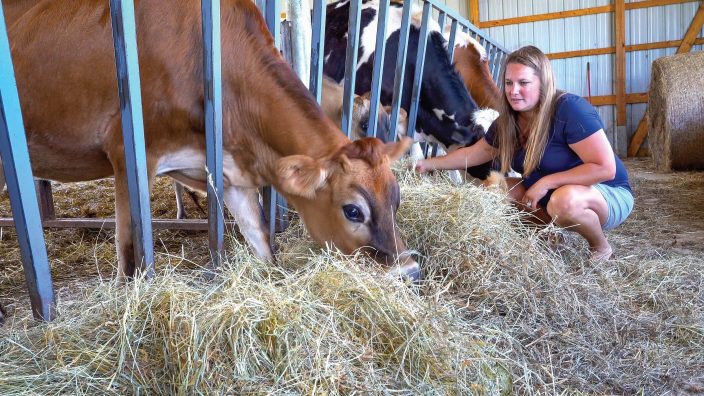
Alisha Morgan is passionate about succession planning because without that plan in place, the emotional and financial tolls that came their family’s way could have resulted in the loss of their farm.
Read More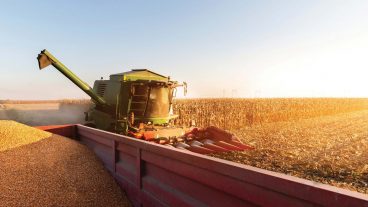
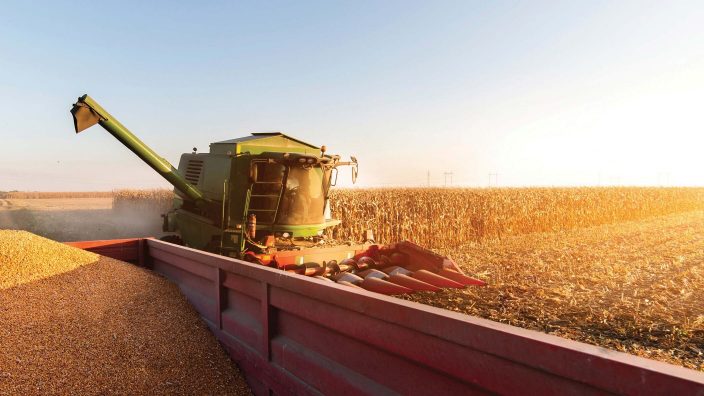
Find resources, expert tips and timely, relevant content to help you stay in the know on the issues you face and solutions to the challenges of agriculture.
Read More

Changing leaves signal that deer hunting season is upon us. In the September/October issue of Our Ohio magazine, we take…
Read More